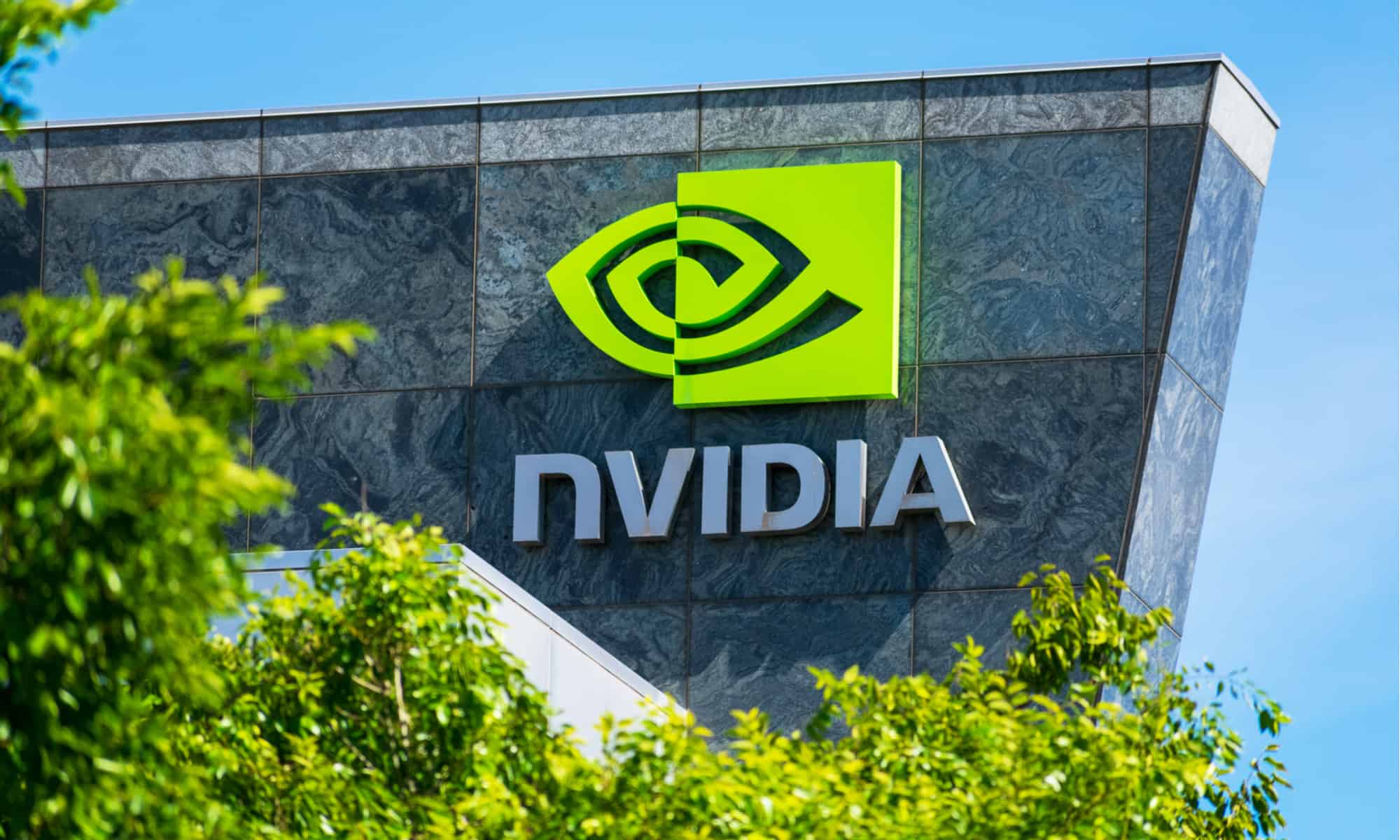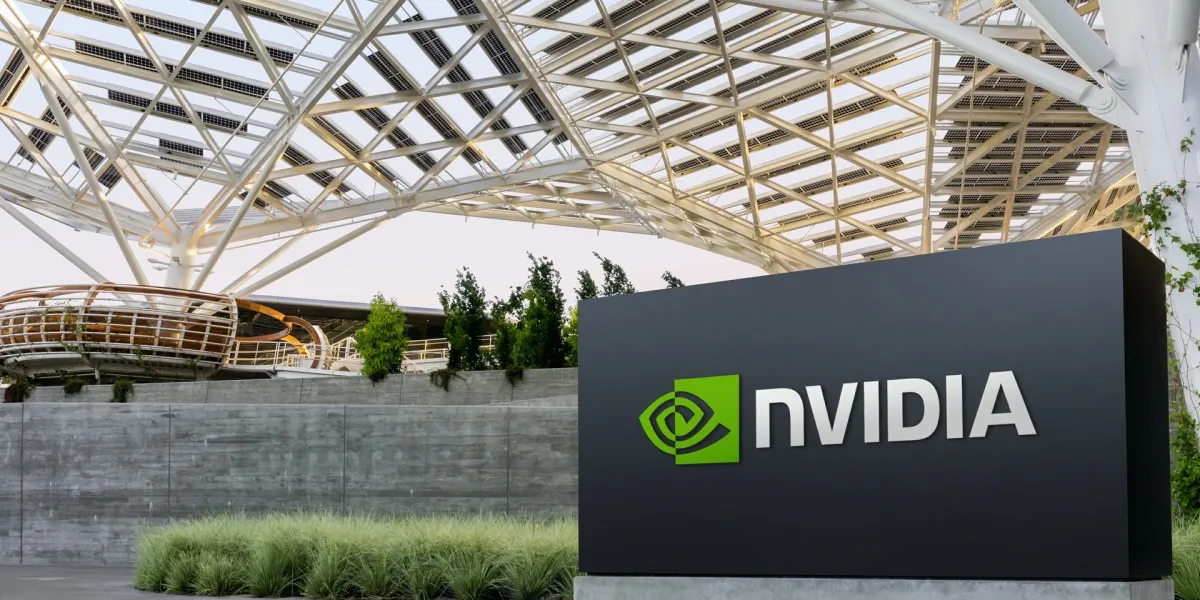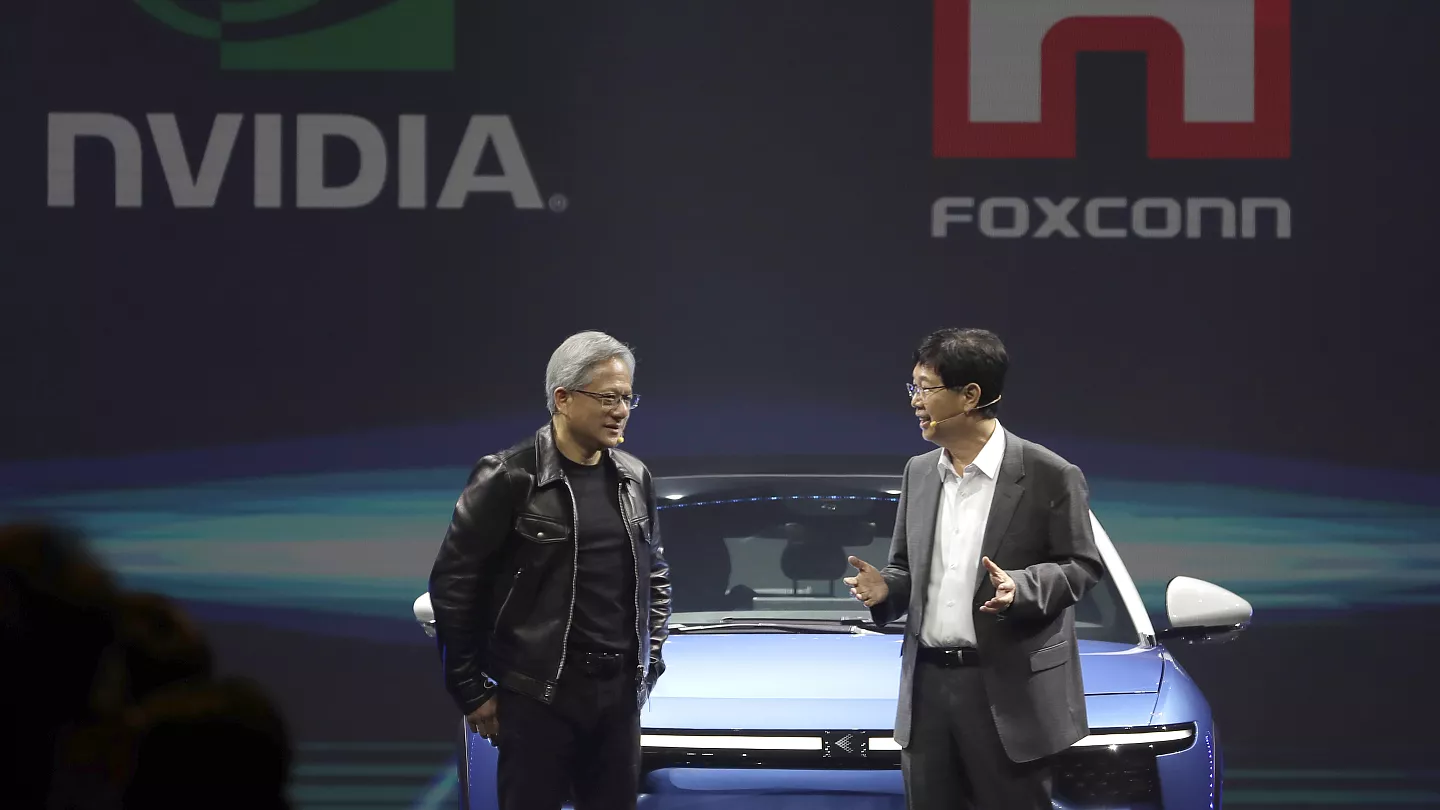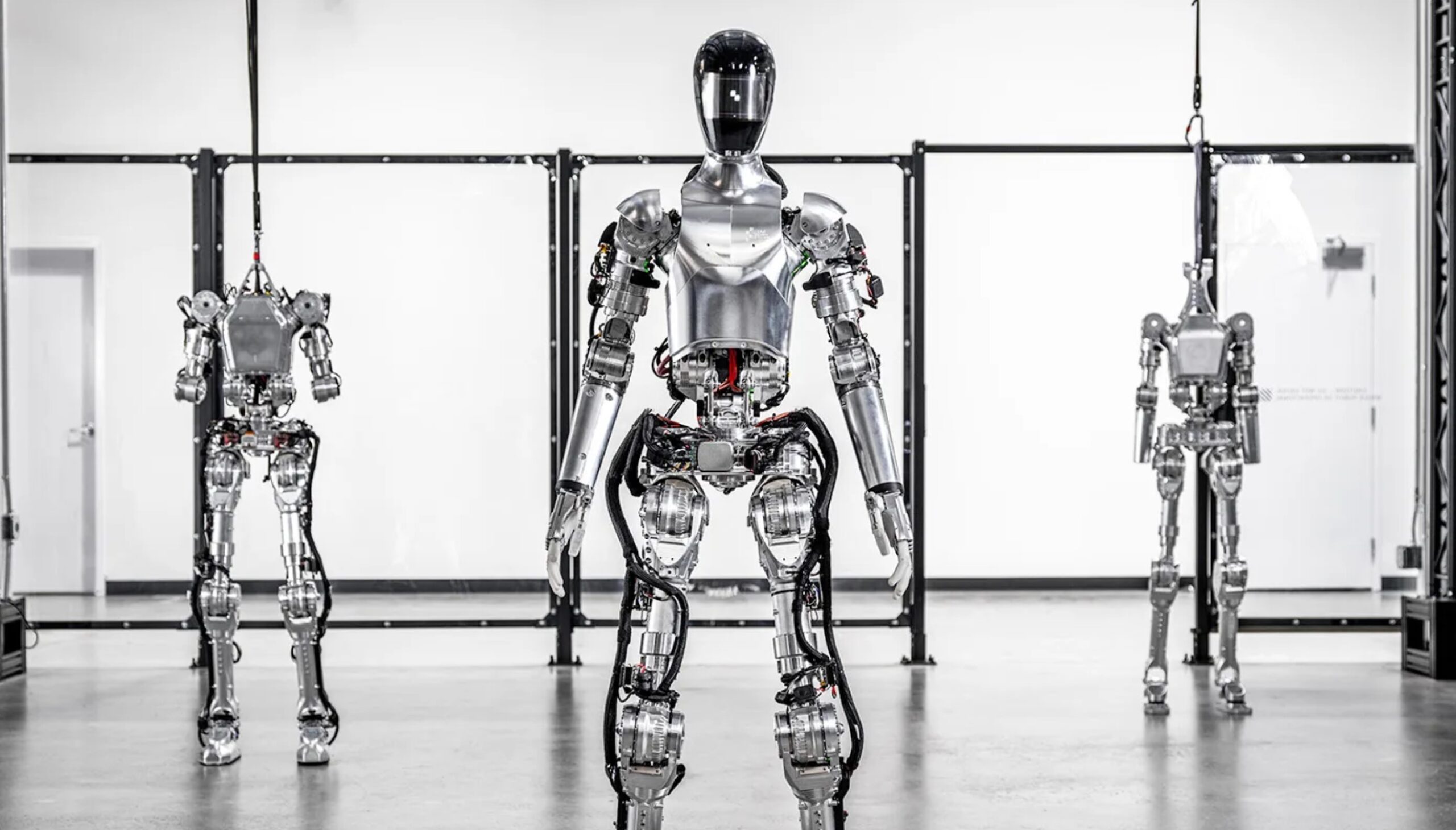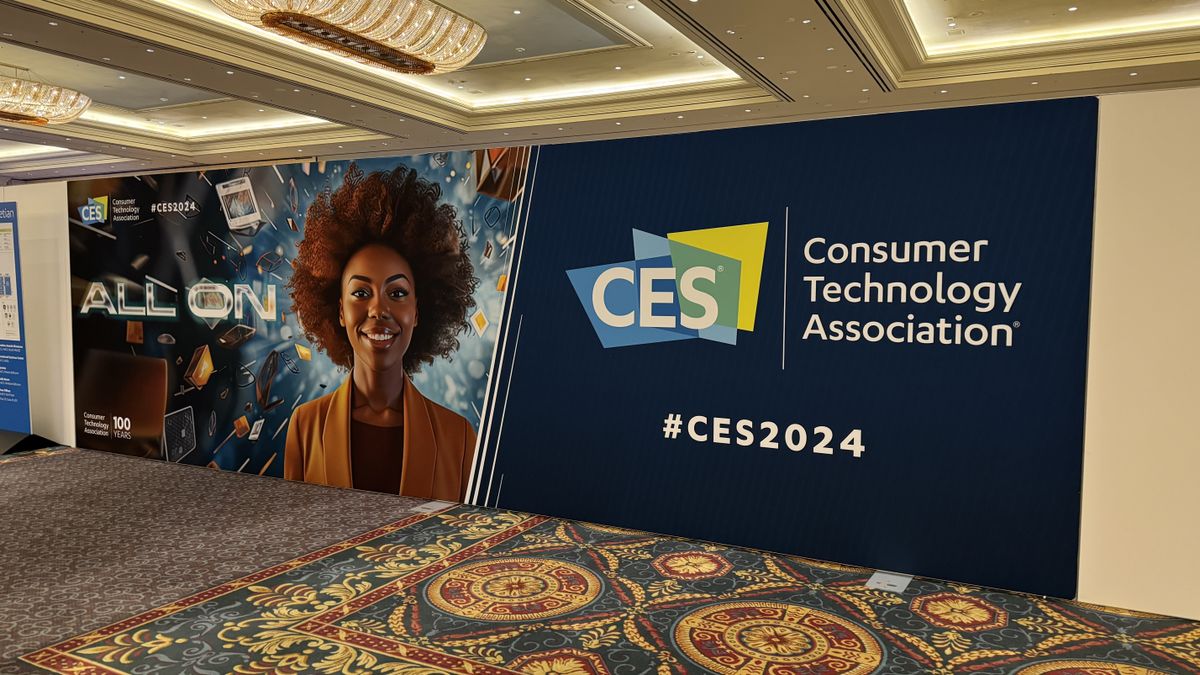Over the past few years, NVIDIA has emerged as a major player in the robotics industry, and its strategic investments in this field have paid off significantly. While the company is well-known for its expertise in silicon technology and gaming, it has leveraged these strengths to make a mark in robotics. With its Jetson platform and Isaac Sim robotics simulation platform, NVIDIA has become the go-to choice for developers across the globe, from hobbyists to multinational corporations.
Key Takeaway
NVIDIA’s expertise in silicon technology, gaming, and AI has propelled it to become a major player in the robotics industry. Through its Jetson platform and Isaac Sim robotics simulation platform, the company has provided developers with the tools and capabilities to create innovative robotic technologies. With a focus on versatility and collaboration, NVIDIA continues to push the boundaries of what is possible in robotics.
The Rise of NVIDIA in Robotics
Ten years ago, NVIDIA launched the TK1, a compact and low-power platform that brought the capabilities of Tegra K1 to developers. Since then, the company has seen exponential growth in the number of developers using its Jetson platform for edge AI and robotics. Currently, over a million developers and 6,000 companies, including startups, have integrated the Jetson platform into their products.
NVIDIA’s deep understanding of silicon technology and low-power systems has been instrumental in its success in the robotics industry, as AI and machine learning are becoming increasingly important. Additionally, the company’s experience in gaming has proven valuable in the development of its robotics simulation platform, Isaac Sim.
The Impact of NVIDIA’s Robotics Solutions
NVIDIA’s robotics solutions offer a wide range of applications, from traditional robotics with physical components to outside-in robotics that use cameras and sensors for situational awareness. The company’s platform, NVIDIA Metropolis, provides video analytics and can scale up for various environments, such as traffic intersections, airports, and retail spaces.
When NVIDIA first introduced the Jetson system in 2015, it was a novel concept for a company primarily associated with gaming. However, the company’s ability to adapt its technology for different applications allowed it to enter the robotics market successfully.
The Role of NVIDIA’s Gaming Background
Gaming has played a significant role in NVIDIA’s journey in robotics. The company’s GPUs, initially developed for gaming, were later enhanced with CUDA technology, which made them suitable for AI and non-graphical applications. This fusion of gaming and AI has been mutually beneficial, with AI advancements improving gaming experiences, such as ray tracing.
Isaac Sim: Taking Robotics Simulation to the Next Level
Isaac Sim, NVIDIA’s robotics simulation platform, has been designed to provide advanced capabilities beyond what other simulators, like Gazebo, offer. Built on top of Omniverse, Isaac Sim offers visual fidelity and allows users to plug in any AI model or framework. While NVIDIA does not aim to compete with ROS, it strives to build a platform that connects with others in the robotics community, ensuring collaboration and mutual growth.
The Future of Robotics at NVIDIA
NVIDIA’s foray into robotics started in the early 2010s when AI gained prominence. The company’s focus on AI for both the cloud and edge devices, such as Jetson and autonomous driving systems, solidified its position in the robotics industry. As generative AI continues to evolve, NVIDIA believes that its results-driven approach will convince skeptics of its potential beyond just a passing trend.







